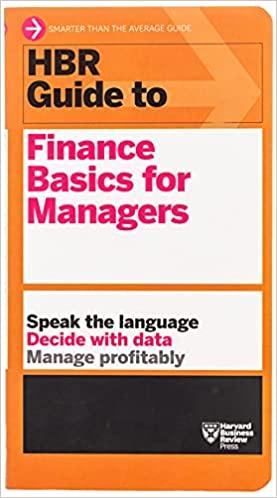1. Look at the following binomial graphs: risky project, the risky debt contract, and the equity security. Which of those graphs is equivalent to a call option with strike price
X?
2. Copy the risky debt contract, and then Show a binomial tree graph
that demonstrates the debt contracts payoffs are identical to the portfolio
of a safe asset (bond) and a put option with strike price X.
A) First, write down the safe asset paying as in Bailey, but using a
binomial payoff structure. What is its time zero or present value
price?
B) What is the put option in the binomial context based on your reading of Bailey?
3. Use the ingredients of questions (1) and (2) to denote a portfolio of the
implied put and call options as well as the safe asset. Use this portfolio
to possibly rewrite equation (P-C).
A Firm, A Risky Project and Financing Structure Basic sample space (={u,d} with generic element: w A firm is a business opportunity defined by a binomial model: su s >>0. :5 So d : Climited liability) 3:R>{"suy rare tradiva) su ble Sa 3: (Random Variable 3 The MM Theorem MM's Theorem states, in economics jargon, that a firm's capital structure is independent of the firm's market value. The basic idea is that if there are two firms, A and B, which have the exact same business opportunity given by our binomial risky project model, AND the two firms ONLY DIFFER in the mix of debt and equity financing, then the two firms must have the SAME market value. . If this is not so, then there is an arbitrage portfolio. 50, by assuming NAP, the theorem follows using one of the proofs we show in upcoming parts of these notes and in homework problems. . NOTE: It suffices to make the firm's debt contracts differ in their face value to formalize the difference between the two firms. MM Theorem: formal statement XA: Firm A's debt; XB: Firm it's debt. Si>XA>Xg>S Theorem NAP implies x +++ = x +E8 = . 9 10 . Herei FirmA Firm Proot By LOP. Focus on firm A: Consider the debt-equity mixture as portfolio XA Xe S-XA 4 -5- Draw its binomial graph. o O 11 12 . . Setup a mixed debt - equity capital structure. Debt Issue: X - Risky debt X = debt's face Value If well, -X then the & X, debt is paid. d . It wad, sd oss*
7 00 A Firm, A Risky Project and Financing Structure Basic sample space (={u,d} with generic element: w A firm is a business opportunity defined by a binomial model: su s >>0. :5 So d : Climited liability) 3:R>{"suy rare tradiva) su ble Sa 3: (Random Variable 3 A Firm, A Risky Project and Financing Structure Basic sample space (={u,d} with generic element: w A firm is a business opportunity defined by a binomial model: su s >>0. :5 So d : Climited liability) 3:R>{"suy rare tradiva) su ble Sa 3: (Random Variable 3 The MM Theorem MM's Theorem states, in economics jargon, that a firm's capital structure is independent of the firm's market value. The basic idea is that if there are two firms, A and B, which have the exact same business opportunity given by our binomial risky project model, AND the two firms ONLY DIFFER in the mix of debt and equity financing, then the two firms must have the SAME market value. . If this is not so, then there is an arbitrage portfolio. 50, by assuming NAP, the theorem follows using one of the proofs we show in upcoming parts of these notes and in homework problems. . NOTE: It suffices to make the firm's debt contracts differ in their face value to formalize the difference between the two firms. MM Theorem: formal statement XA: Firm A's debt; XB: Firm it's debt. Si>XA>Xg>S Theorem NAP implies x +++ = x +E8 = . 9 10 . Herei FirmA Firm Proot By LOP. Focus on firm A: Consider the debt-equity mixture as portfolio XA Xe S-XA 4 -5- Draw its binomial graph. o O 11 12 . . Setup a mixed debt - equity capital structure. Debt Issue: X - Risky debt X = debt's face Value If well, -X then the & X, debt is paid. d . It wad, sd oss* 7 00 A Firm, A Risky Project and Financing Structure Basic sample space (={u,d} with generic element: w A firm is a business opportunity defined by a binomial model: su s >>0. :5 So d : Climited liability) 3:R>{"suy rare tradiva) su ble Sa 3: (Random Variable 3










